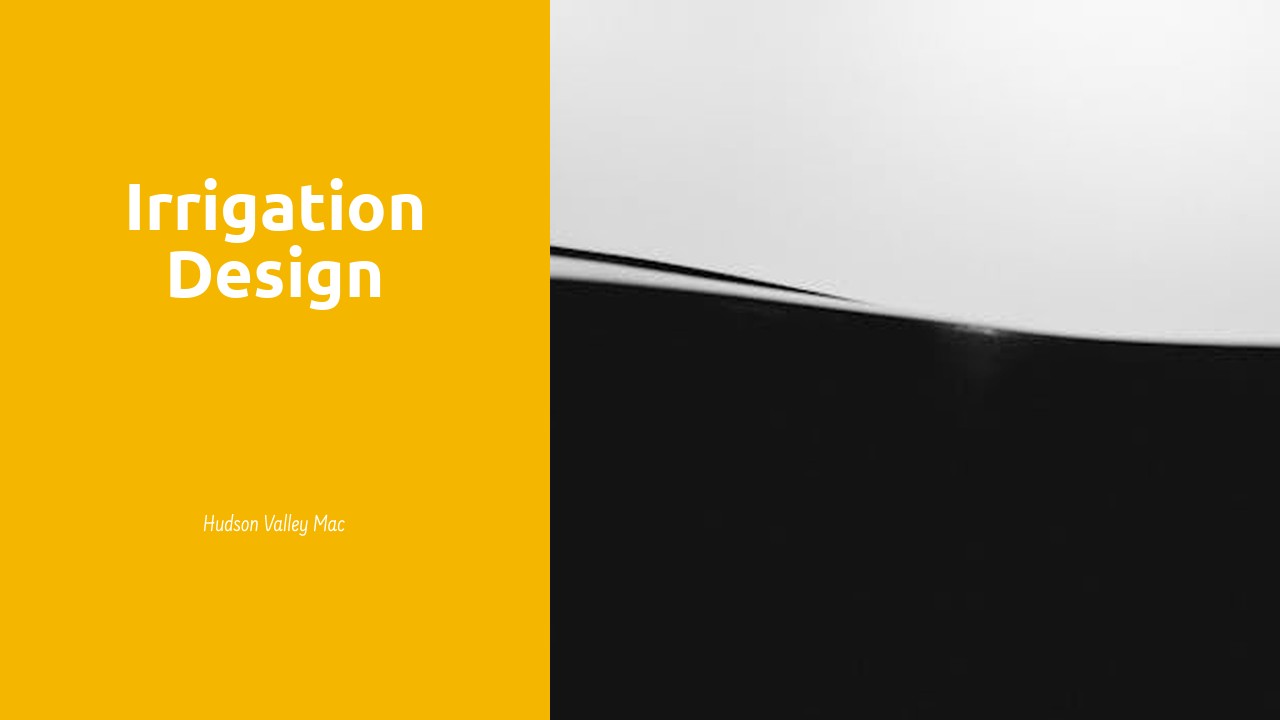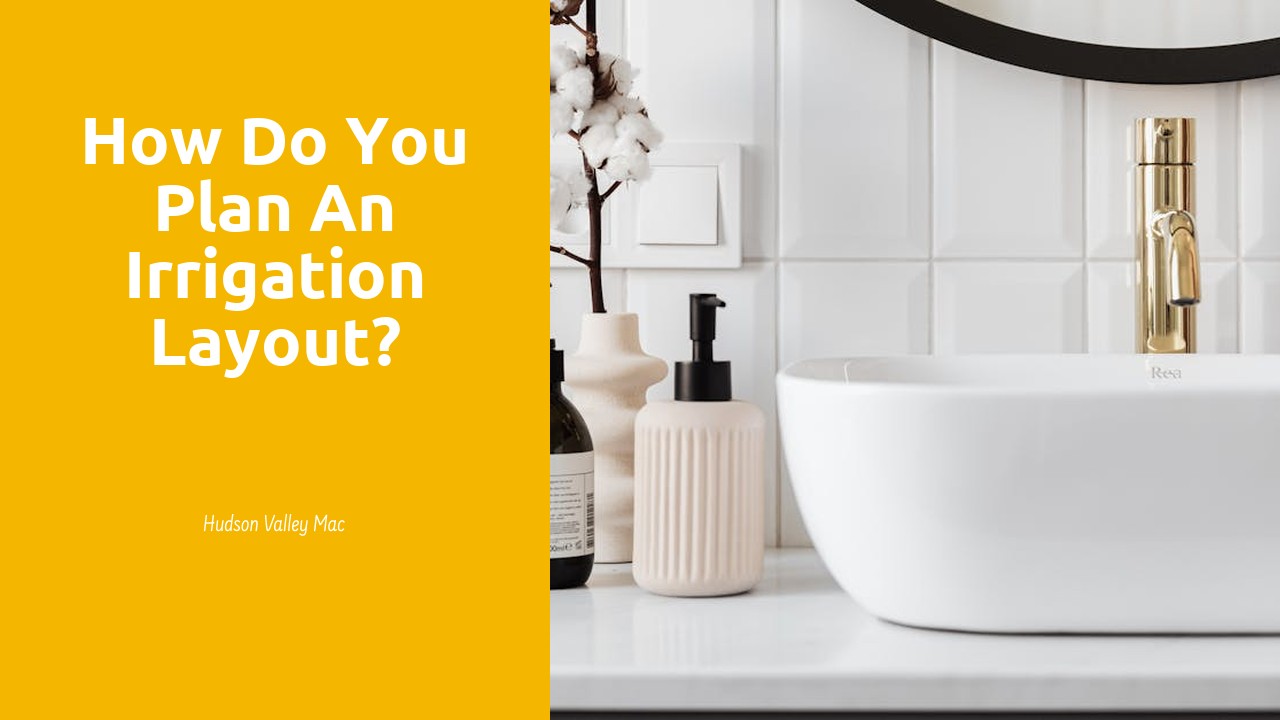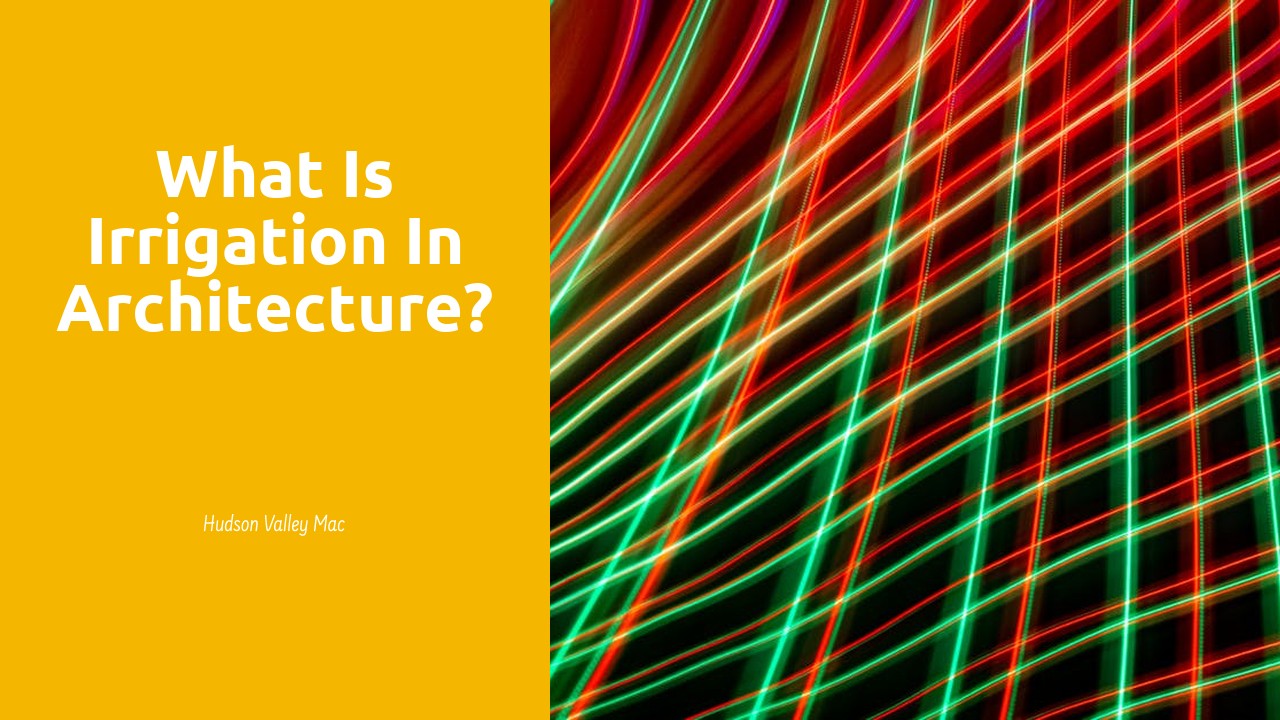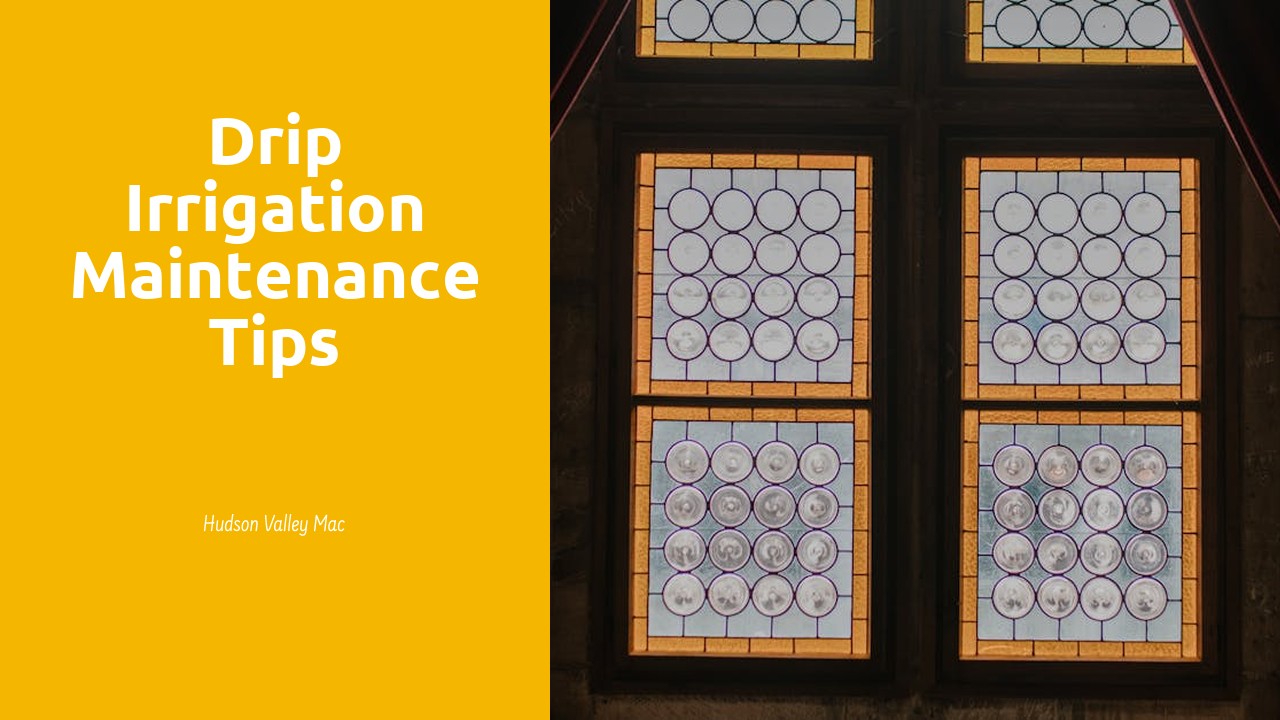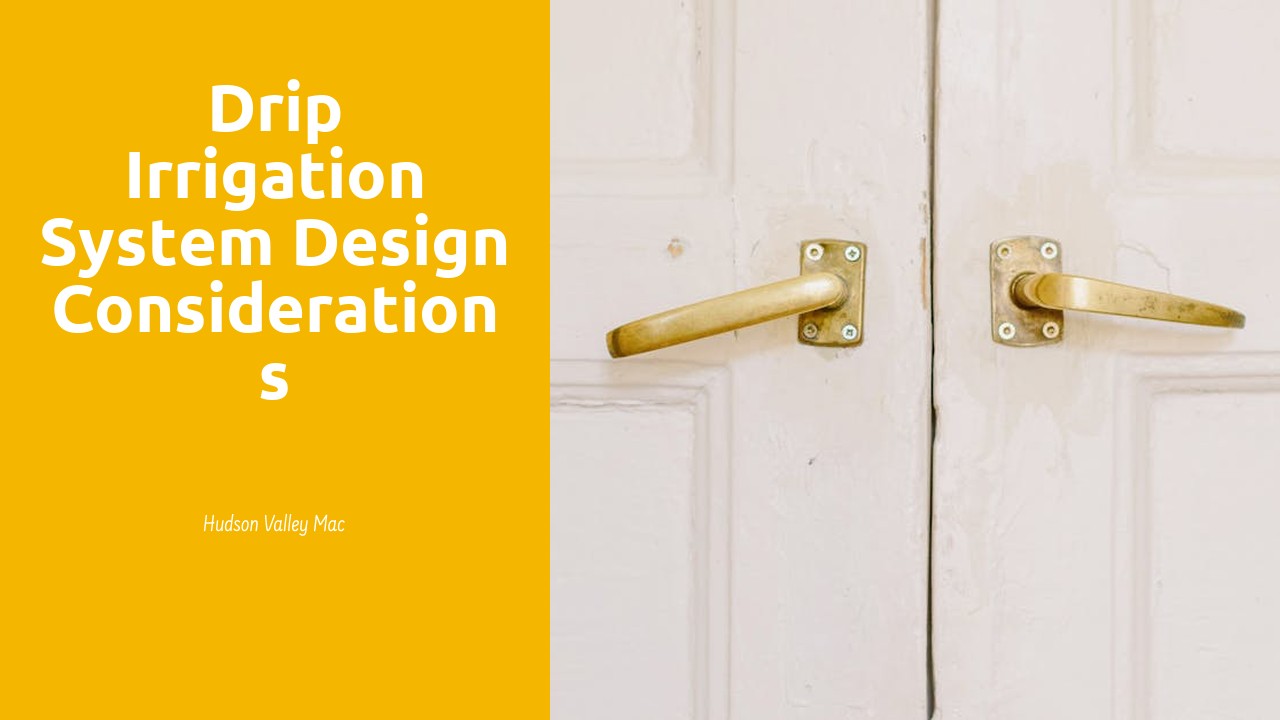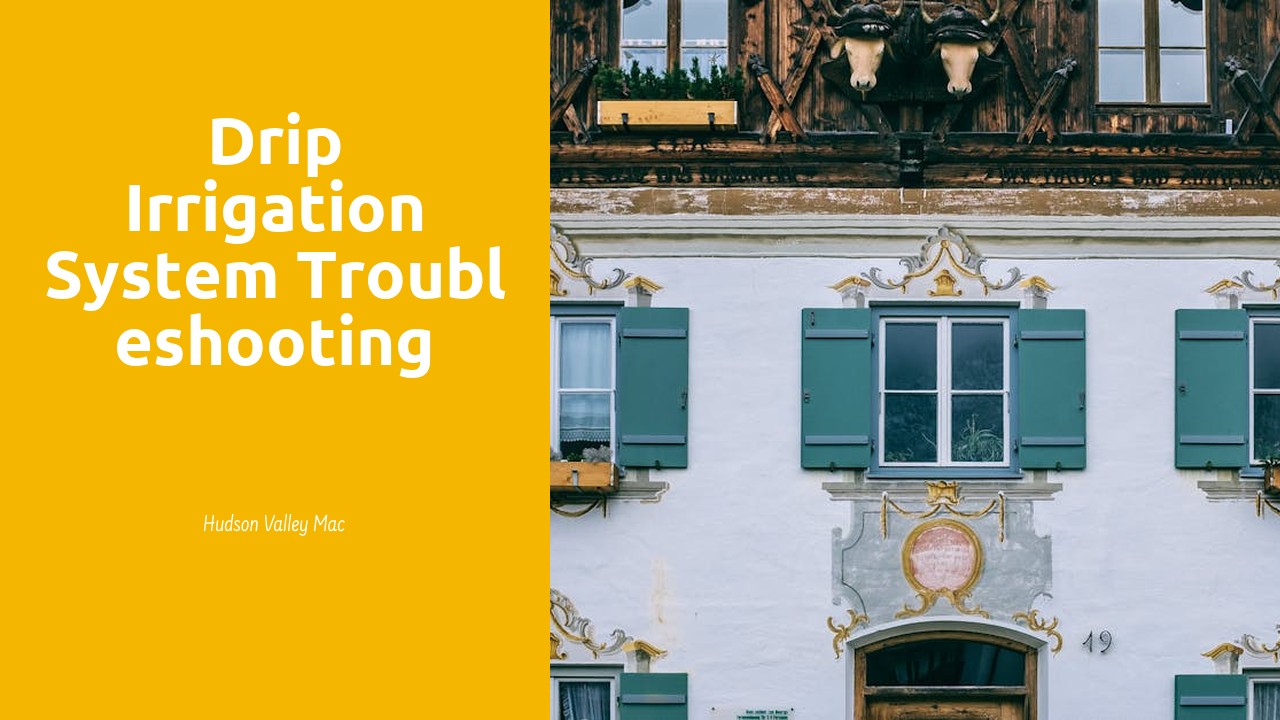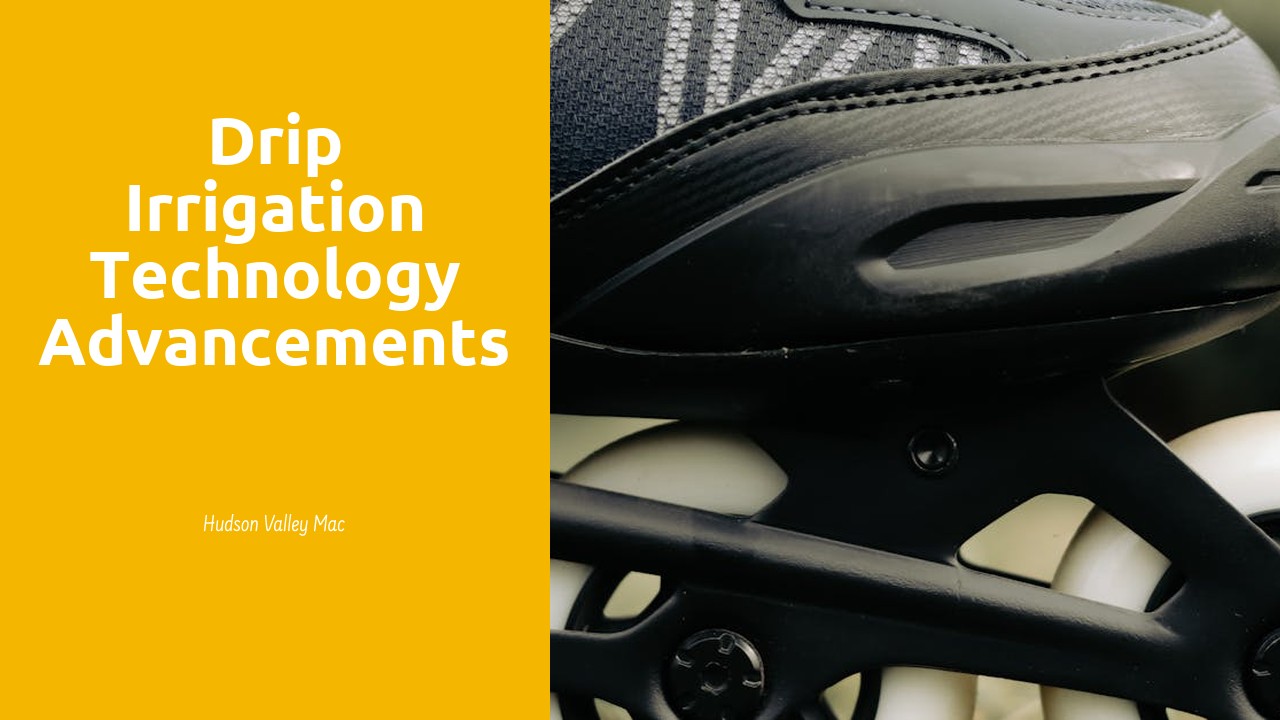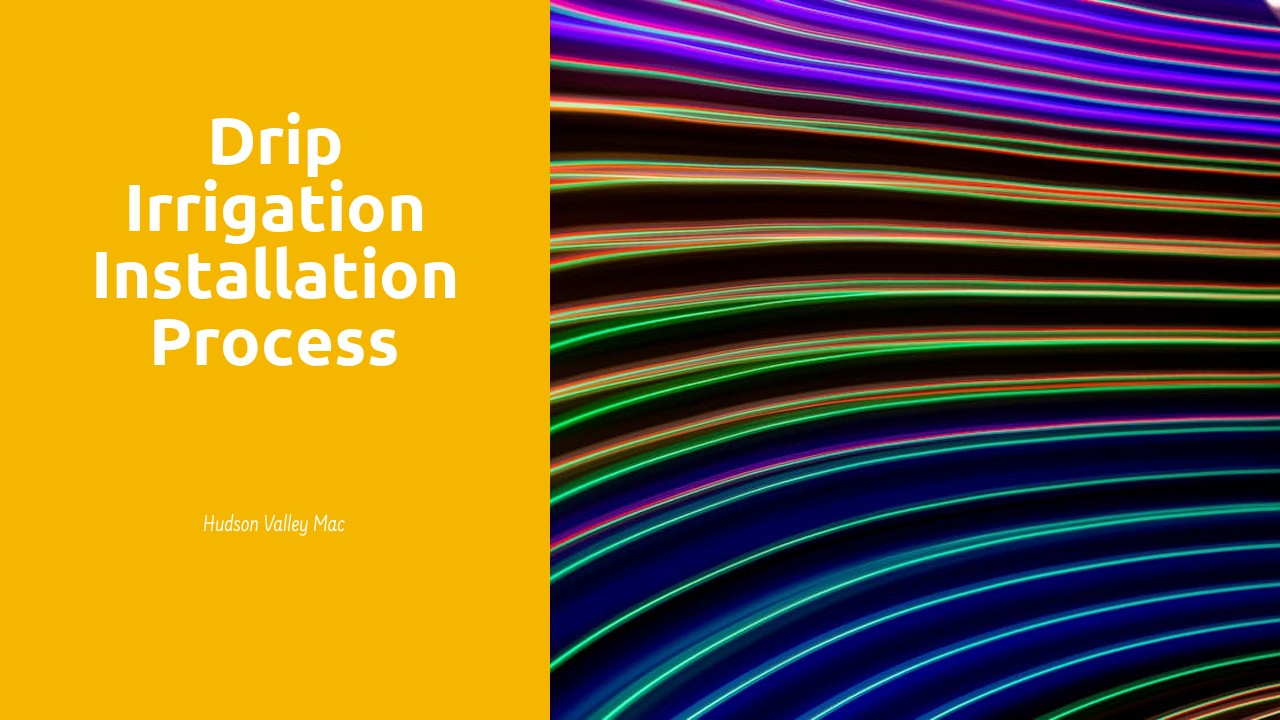
Table Of Contents
Testing the System
Testing the system is a crucial step in ensuring the effectiveness of your drip irrigation setup. Before proceeding with the testing phase, make sure that all components are properly connected and there are no potential leaks in the system. To test the system, turn on the water source gradually to allow the pipes to fill without causing any sudden pressure surges. Ensure that the water is flowing smoothly through the main line and there are no blockages in the tubing. Observing the initial flow will help in identifying any irregularities that may need to be addressed before proceeding further with the installation.
Once the system is running smoothly and there are no visible issues, observe how water is being distributed along the drip lines. Check the emitters to ensure they are emitting water evenly and adjust the flow rate if necessary. Monitoring the system for a few minutes will give you a good understanding of how well the irrigation design in Welland is working and allow you to make any adjustments required to optimize its efficiency.
Conducting a Thorough System Check
When conducting a thorough system check for your drip irrigation setup in Welland, ensure that all components are properly connected and secured. Begin by examining the water source connection to confirm that there are no leaks or loose fittings. Subsequently, assess the mainline to guarantee that it is adequately pressurized and free from any obstructions. It is crucial to inspect each emitter thoroughly to confirm that they are distributing water evenly and efficiently to the designated plants.
Moreover, verify that the filtration system is functioning correctly by examining the condition of the filters and ensuring that they are not clogged. Check the pressure regulators to ascertain that the water pressure is at the optimal level for your Irrigation Design in Welland. Lastly, evaluate the timer to confirm that it is programmed correctly and initiating watering sessions as intended. This meticulous inspection will help identify any issues that may hinder the effectiveness of your drip irrigation system and enable you to address them promptly.
Adjusting Water Flow
Adjusting water flow is a crucial step in ensuring the efficiency and effectiveness of your drip irrigation system. To properly adjust the water flow, start by turning on the system and observing the flow rate at various points along the drip lines. Ensure that each emitter is supplying an adequate amount of water to the plants. If some emitters are delivering too much or too little water, adjust the flow rate using the individual emitter controls. Fine-tuning the water flow for each plant's specific needs will help prevent water wastage and ensure optimal plant growth in your Irrigation Design in Welland.
Once you have adjusted the water flow for each emitter, it is essential to monitor the system for a period of time to ensure that the adjustments are sufficient. Keep an eye out for any leaks, clogs, or uneven water distribution along the drip lines. Make any necessary additional adjustments to maintain a consistent and appropriate water flow throughout the entire system. Properly adjusting the water flow in your drip irrigation system will not only save water but also promote healthier plant growth and efficient water usage in your Irrigation Design in Welland.
Regulating Water Pressure and Emitters
Once the initial tests and adjustments have been made to the drip irrigation system, the next step involves regulating the water pressure and ensuring correct operation of the emitters. Proper regulation of water pressure is essential to ensure that each plant receives the appropriate amount of water. This can be achieved by installing a pressure regulator at the water source to maintain consistent pressure throughout the system. Emitters must also be checked to ensure they are delivering water evenly to each plant within the Irrigation Design in Welland.
In addition to regulating water pressure, monitoring and adjusting the emitters is crucial to the efficiency of the drip irrigation system. Emitters should be inspected regularly to ensure they are not clogged or damaged, which can lead to uneven water distribution. Adjusting the emitters to match the water requirements of each plant is essential for optimal growth and water conservation within the Irrigation Design in Welland.
Mulching and Securing
Mulching is an essential step in securing the drip irrigation system in place while providing numerous benefits for the plants. Using organic materials such as wood chips or straw can help retain moisture in the soil, reduce weed growth, and regulate soil temperature. By spreading a layer of mulch around the base of the plants, you can protect the drip lines from various external factors and ensure efficient water distribution. Mulching also enhances the aesthetic appeal of your garden while promoting healthy plant growth. The choice of mulch will depend on the specific needs of your plants and the overall design of your Irrigation Design in Welland.
Securing the drip lines is crucial to prevent damage and ensure the longevity of your irrigation system. Use garden staples or landscape fabric pins to anchor the lines firmly in place, especially in windy conditions or areas with heavy foot traffic. Additionally, covering the drip lines with mulch or burying them slightly underground can further protect them from accidental damage and exposure to sunlight. By taking the time to properly secure the drip lines, you can maintain the efficiency of the system and prolong the lifespan of your Irrigation Design in Welland.
Covering Drip Lines and Anchoring in Place
Covering drip lines and anchoring them in place is a crucial step in the drip irrigation installation process. Once the drip lines are placed in the desired configuration and the emitters are adjusted for optimal water flow, it is important to secure the lines to prevent movement and ensure consistent water distribution. This step helps maintain the efficiency of the system and prevents potential damage to the drip lines. Properly anchoring the drip lines also protects them from being exposed and damaged by external factors such as foot traffic or machinery, ensuring the longevity of the irrigation system in various environments, including Irrigation Design in Welland.
Mulching is a useful technique to cover and secure the drip lines in place. Applying a layer of mulch over the lines helps protect them from the elements and minimizes evaporation, promoting water conservation. Additionally, mulching provides insulation to the soil, helping maintain a more consistent soil temperature and reducing weed growth around the drip lines. By incorporating mulching into the installation process, not only are the drip lines protected and secured, but the overall efficiency and effectiveness of the irrigation system are enhanced, contributing to sustainable water management practices in locations like Irrigation Design in Welland.
FAQS
What is the purpose of testing the drip irrigation system?
Testing the system helps ensure that all components are working properly and that the water is flowing correctly through the emitters.
How do I conduct a thorough system check for my drip irrigation system?
To conduct a thorough system check, inspect all the drip lines, emitters, filters, and connections for any leaks, clogs, or other issues that may affect the system's performance.
Why is it important to adjust water flow in a drip irrigation system?
Adjusting water flow allows you to customize the amount of water each plant receives, ensuring that they get the right amount for optimal growth without wasting water.
How do I regulate water pressure and emitters in a drip irrigation system?
To regulate water pressure, use pressure regulators to control the flow of water. Adjust emitters to ensure that each plant receives the right amount of water based on its needs.
What is the purpose of mulching and securing drip lines in a drip irrigation system?
Mulching helps retain moisture in the soil and prevents weed growth, while securing drip lines prevents them from moving or getting damaged during watering.
